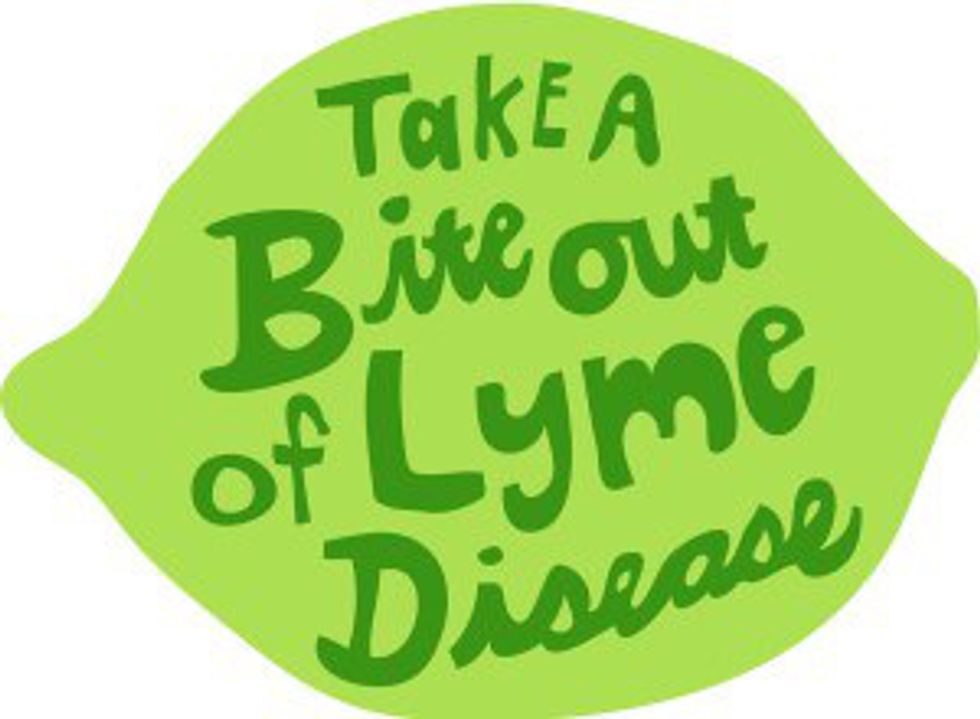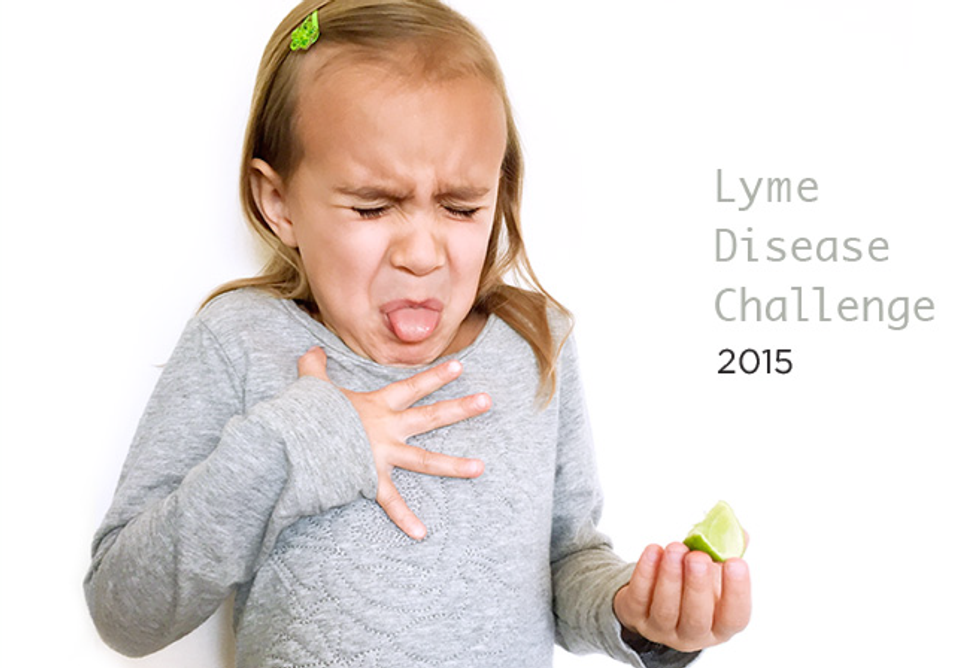Social media has provided access and exposure to raising awareness and funds to waves of organizations. Lyme disease is next.
Lyme disease is caused by a bacteria, transmitted by a special species of black-legged ticks -- via a painless bite often not detected until afterwards. According to The Lyme Disease Challenge, fewer than half of those with lyme disease even recall being bitten by a tick. Even scarier, the lyme disease bacterium has the capability of reaching your brain within the first 24 hours of being bitten.
There are three easy steps to join the Lyme Disease Challenge. Follow the steps listed below and donate $10.
1. Take a bite. Capture your best tangy sourpuss face via photo or short video.
2. Share a fact. Use your caption or video to feature some of the shocking statistics about lyme disease (listed below).
3. Pass it on. Help empower the campaign by challenging three other individuals such as your pledge grandma, roommate or chapter president. Mention them in your caption, or give them a quick holler in your short video.
Now, share share share! Use your Instagram, Twitter, Facebook and the hashtag #LymeDiseaseChallenge to help build momentum behind this campaign! Think about how huge the Ice Bucket Challenge became. Social media has the power to propel these ideas and push awareness.
Here are some facts provided by their website you could include in your post!
- Children are at the highest risk of contracting lyme disease and are more vulnerable to central nervous system infections.
- Transmission of lyme disease and other infections can take place in a matter of minutes, particularly if the tick is not removed properly.
- Lyme disease has been called “The Great Imitator" and can be mistaken for ALS, MS, chronic fatigue syndrome, fibromyalgia, alzheimer's, parkinson's, autism, and other illnesses.
- Research suggests that lyme disease and other infections can be spread from mother to baby during pregnancy.
- Studies show that standard laboratory tests recommended by the CDC to diagnose lyme disease miss approximately half of actual cases, leading to misdiagnosis and an infection that is more difficult to treat.
- Over 63 percent of patients treated for lyme disease continue to suffer symptoms that can be debilitating.
- The CDC estimates that there are 300,000 new cases of lyme disease each year in the United States. Some experts believe the actual number of new cases could be as high as one to two million new cases per year, in the US alone.
- Lyme disease has been reported in every state except Hawaii, and has been found on every continent except Antarctica.
- Lyme disease has six times more new cases each year than HIV/AIDS, yet it receives less than one percent of the funding.
- Fewer than 50 percent of patients with lyme disease recall a tick bite or any rash.
- There are no tests available to prove that the bacteria that causes lyme disease has been eradicated, or that the patient is cured after treatment.
- Ticks can carry many different types of bacterial, viral and parasitic infections -- some life-threatening -- which can further complicate tick-borne disease diagnosis, treatment and recovery.























